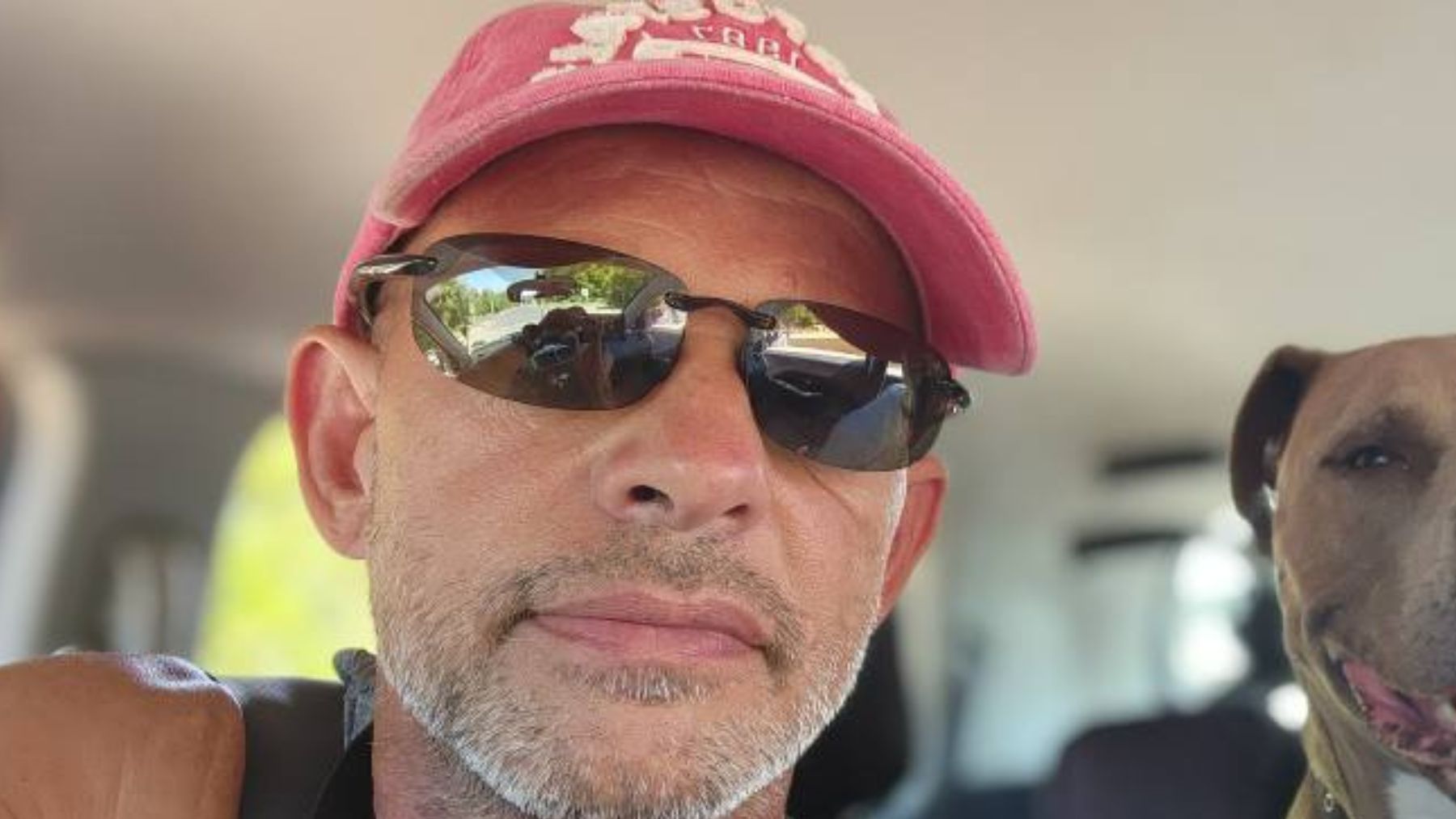Larry Williams’ extraordinary recovery wasn’t just the result of energy and determination; it may also have been driven by a groundbreaking experimental drug developed for spinal cord injury patients. After joining a clinical trial for NVG-291, the 58-year-old Philadelphia man, once paralyzed from the neck down, is now walking again and continuing to improve.
Williams’ story has drawn attention to a promising treatment that could change how paralysis is managed. Although still under investigation, the drug has shown potential to repair nerve damage and help patients regain mobility after devastating spinal injuries.
How a drug helped a paralyzed man walk again
Williams’ life changed in an instant after a mountain biking accident that broke several vertebrae in his neck and left him paralyzed. Following surgery and initial therapy, he regained minimal movement but still relied on a walker and struggled with hand coordination. Then, in April 2024, he enrolled in the NVG-291 trial — a peptide-based treatment designed to promote nerve regrowth.
For three months, he received daily injections of the drug paired with physical therapy sessions focused on walking and hand mobility. Progress came gradually: by the end of the trial, Williams could walk more than 30 feet using a walker in less than half the time it took him before.
Even months after completing the trial, his improvements continued. “A few days ago, I stood up and tried to free-stand,” he said. “I was able to do it for 30 seconds. I hadn’t been practicing this. I can’t explain how it happened.”
Now, Williams not only walks more steadily but also swims laps and performs daily activities with growing independence. His doctors describe his progress as exceptional, noting that such recovery milestones are rarely seen so quickly after a severe spinal injury. “It feels like I’ve been given a shortcut,” he shared. “I’d love to get back to the life I had before — fully independent.”
What makes NVG-291 different
According to lead researcher Dr. Monica Perez from Northwestern University and the Shirley Ryan AbilityLab in Chicago, NVG-291 works by blocking the body’s natural “stop signals” that prevent nerve fibers from regrowing after injury. By removing those barriers, the peptide allows damaged neurons to reconnect and restore lost function.
“This peptide can block those inhibitory signals,” Perez explained to Fox News Digital. “In animal studies, it enhanced the growth of neurons and improved movement. In our human trials, we saw measurable changes in nerve activity and performance.”
Unlike stem cell or bone marrow therapies, NVG-291 is simple to administer — patients can inject it at home — and early findings suggest it’s extremely safe. However, Perez emphasized that more research is needed to understand how long the effects last and whether repeated doses could extend recovery.
As no FDA-approved treatment currently exists for spinal cord injuries, researchers see this as a major step toward future therapies. Williams, for his part, hopes others will soon have the same opportunity. “It could really change things for people with injuries like mine,” he said. “I’m just praying that everyone gets the chance to regain their life.”
